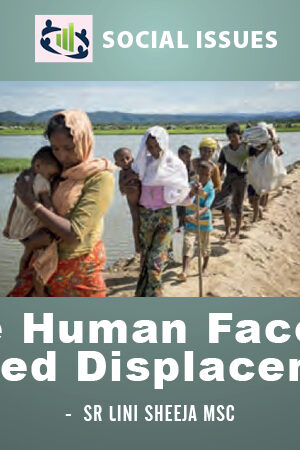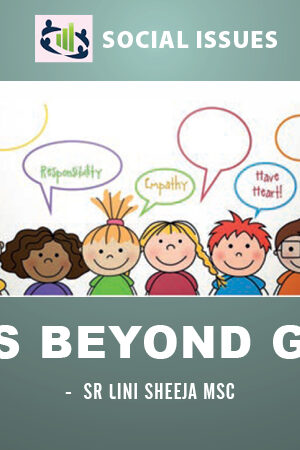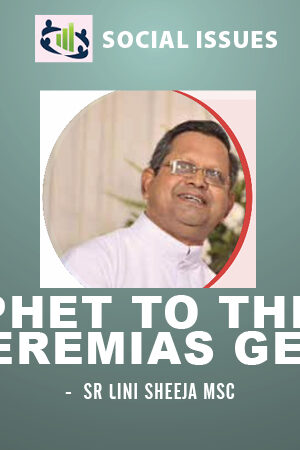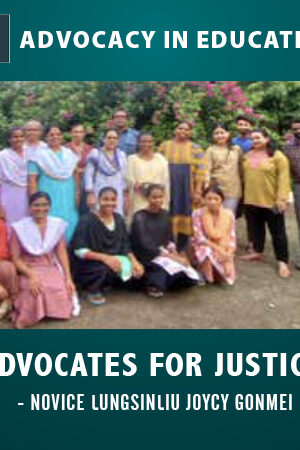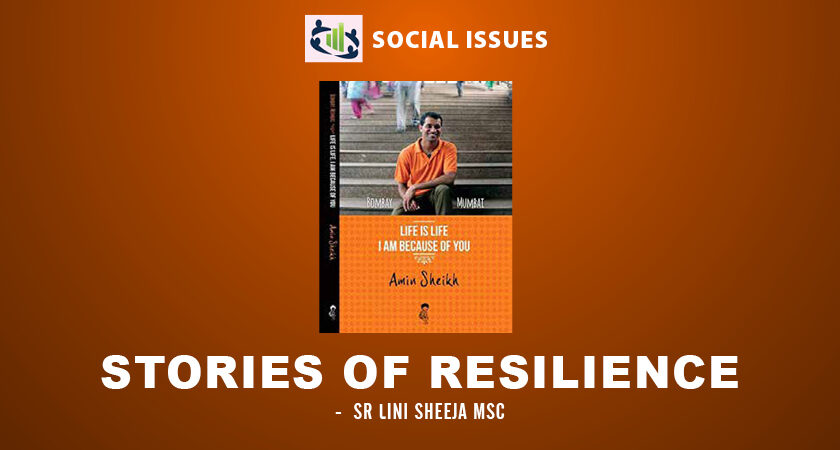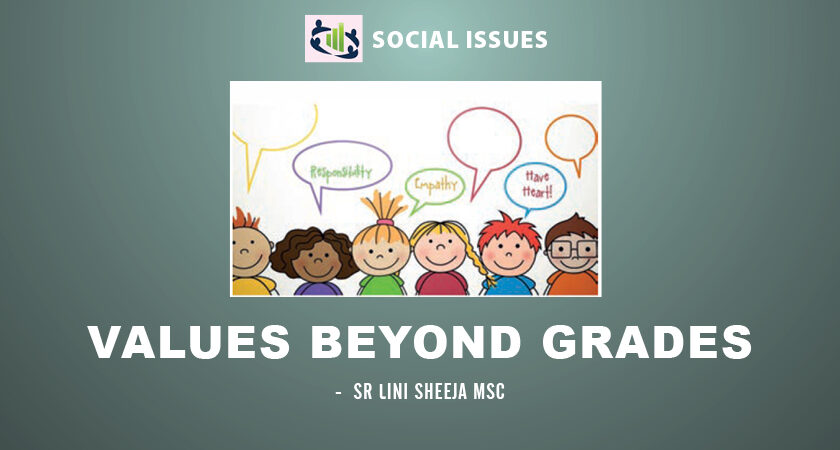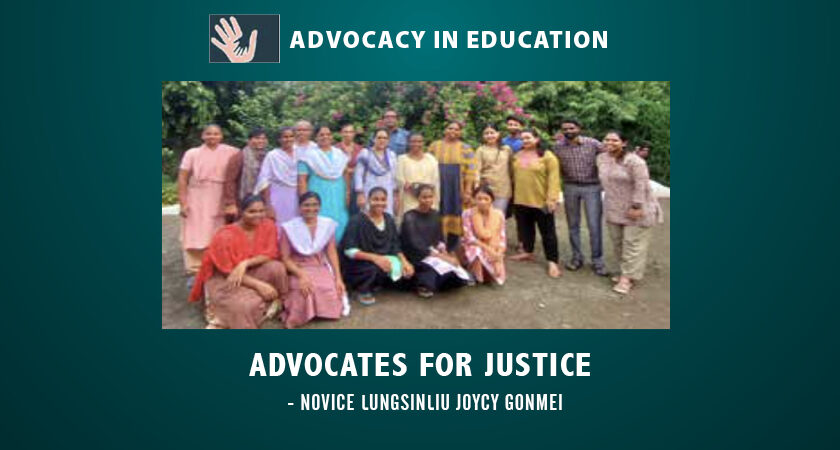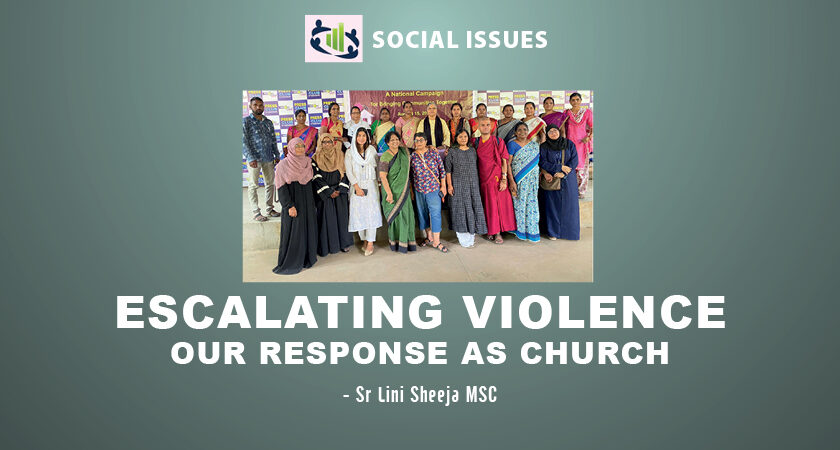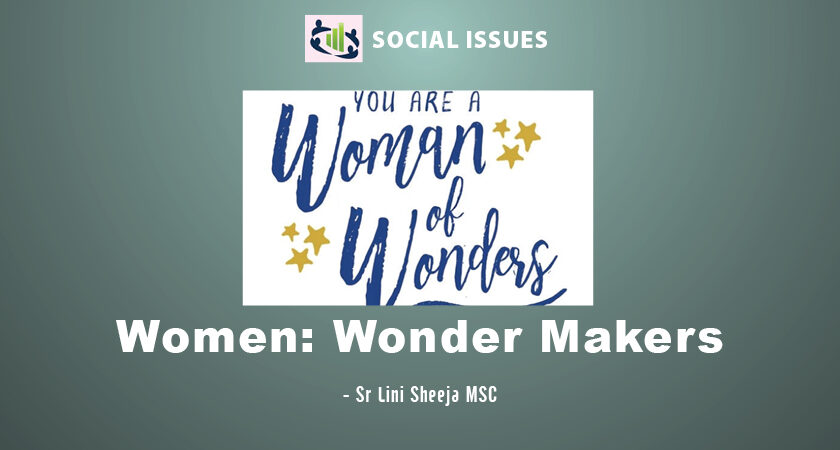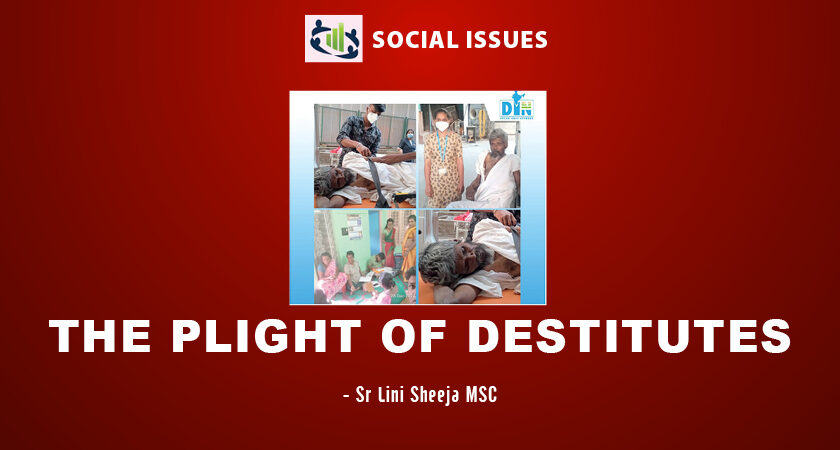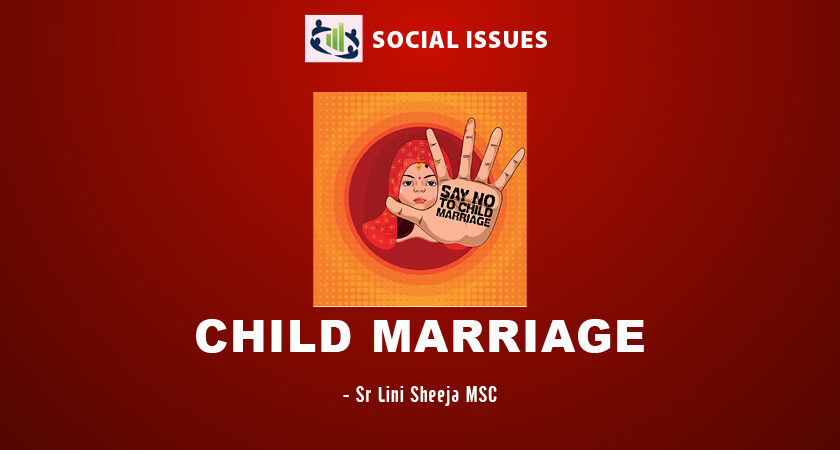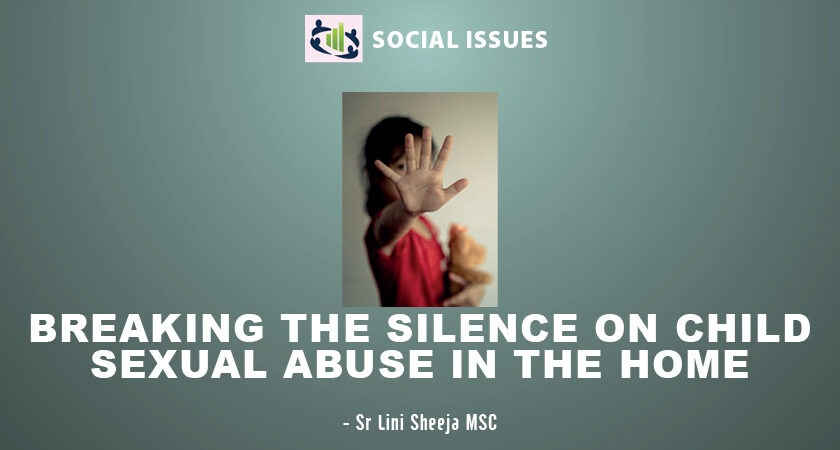In the touching life stories of Amin Sheikh, a former street kid turned author, and Danappa, whose journey from a rag-picker to a successful professional paints a remarkable tale of triumph over adversity, we catch a glimpse of the immense challenges faced by India’s street children.
Amin Sheikh, who wrote the book “Life is Life: I am Because of You,” shares his painful experience: “Like thousands of other kids who don’t have homes, I begged, I stole, I polished shoes. I did everything that came my way to get at least one meal a day.” Together with his sister Sabira, they found refuge at Snehasadan, a haven for homeless children in Mumbai, under the compassionate care of Sr Seraphine and Fr Placido Fonseca SJ. Today Aman runs a library café, is a travel guide and supports other street children.
Danappa, arrived in Bangalore’s City Market at the tender age of 12, fleeing abuse from his stepmother. After four months of working as a rag-picker, he was diagnosed with Scabies. In 1980, Br George Kolashany SDB and his companions, pioneers of BOSCO Mané, rescued him. Danappa, initially resistant to staying indoors, found solace in the freedom of street life. Despite opportunities for education and work at Kristu Jyothi College, he kept returning to the streets. After realizing the value of the support offered by BOSCO Mané, Danappa eventually committed to his education, completing both school and college studies. With the guidance of Fr George Kolashany SDB, he secured a job. Danappa, now a manager at a prominent Company, not only transformed his own life but is actively involved in employing and training other street children, echoing the ripple effect of positive change. Both these stories unfold as a testament to the trans-formative power of support provided by organizations like Snehasadan and BOSCO Mané. These inspiring success stories, facilitated by the intervention of men and women religious, priests and others, underscore the potential for creating a better world for vulnerable youth.
Sr Lini Sheeja MSC
To read the entire article, click Subscribe

